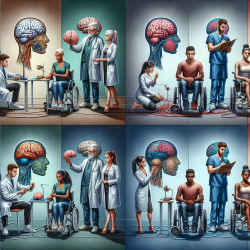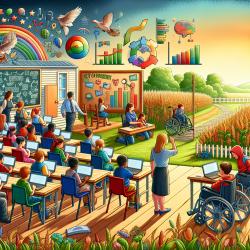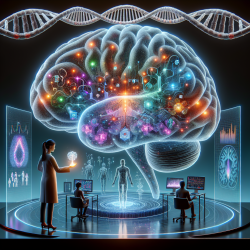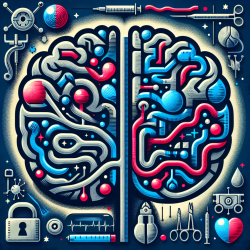Understanding Gesture Impairments in Schizophrenia: A Data-Driven Approach
In the realm of speech-language pathology, understanding the intricacies of nonverbal communication is crucial. Recent research titled The cortical signature of impaired gesturing: Findings from schizophrenia sheds light on how structural brain changes can influence gesture production and recognition in individuals with schizophrenia.
Key Findings from the Study
The study examined the cortical thickness of 40 patients with schizophrenia and 41 healthy controls, focusing on 12 regions of interest (ROIs) within the gesture network. The findings revealed that patients with gesture production deficits exhibited reduced cortical thickness in eight specific ROIs, such as the inferior frontal gyrus and the superior temporal gyri.
Moreover, the research established a correlation between gesture recognition and cortical thickness, primarily in the same ROIs within the patient sample. This suggests that both gesture production and recognition impairments are linked to structural alterations in the brain.
Implications for Practitioners
For practitioners, these findings underscore the importance of considering neurological underpinnings when addressing gesture impairments. Here are some actionable insights:
- Holistic Assessment: Incorporate assessments that evaluate both gesture production and recognition to gain a comprehensive understanding of a patient's nonverbal communication abilities.
- Targeted Interventions: Design therapy interventions that specifically target the gesture network, focusing on areas like the inferior frontal gyrus and temporal gyri.
- Continuous Education: Stay informed about the latest research in cortical structures and their impact on communication disorders to refine therapeutic approaches.
Encouraging Further Research
This study opens the door for further exploration into the relationship between cortical thickness and nonverbal communication. Practitioners are encouraged to delve deeper into how these findings can be applied to enhance therapeutic outcomes for children and adults alike.
To read the original research paper, please follow this link: The cortical signature of impaired gesturing: Findings from schizophrenia.










